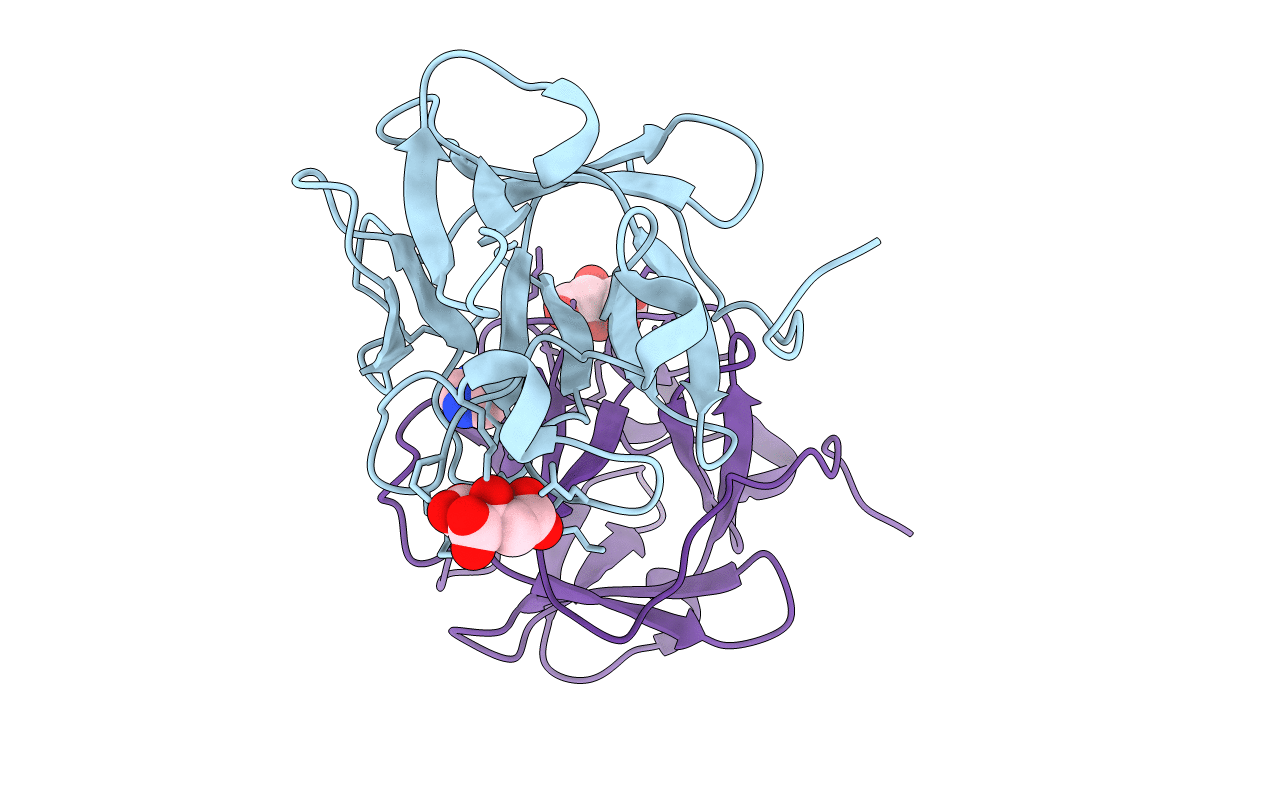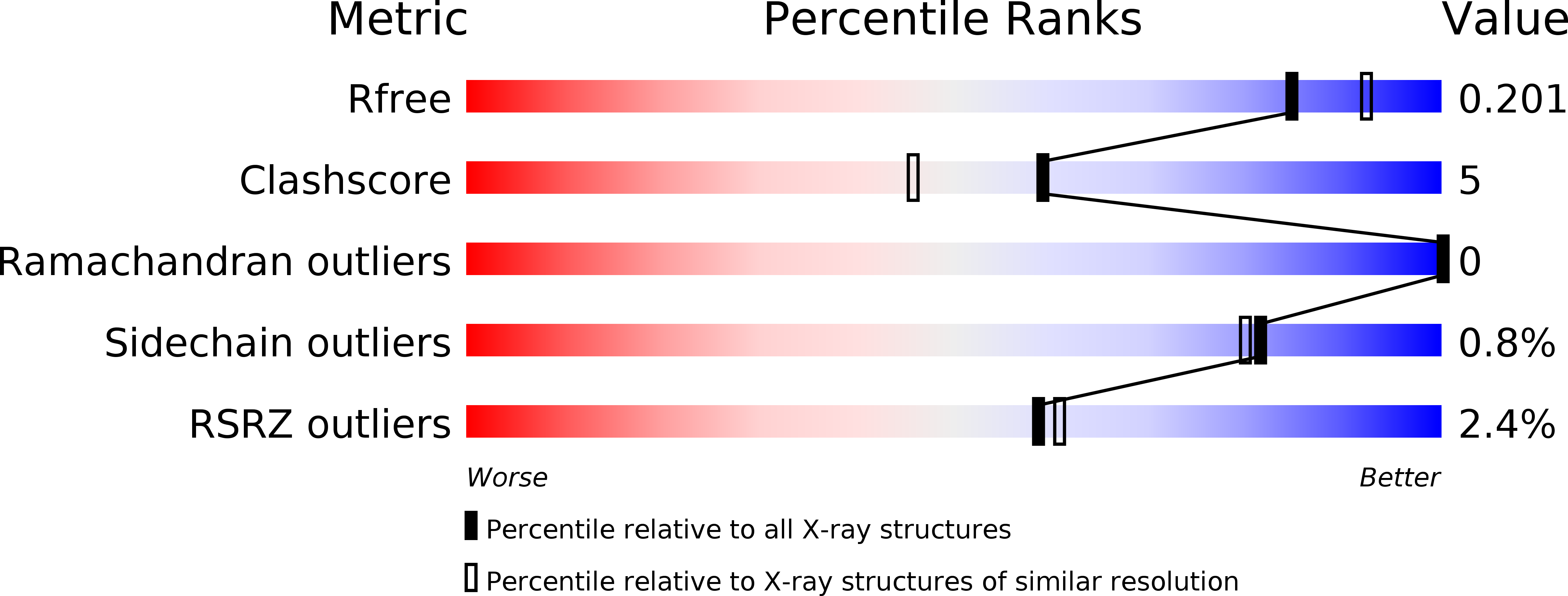
Deposition Date
2015-03-11
Release Date
2016-03-16
Last Version Date
2024-10-16
Entry Detail
PDB ID:
4YOL
Keywords:
Title:
Human fibroblast growth factor-1 C16S/A66C/C117A/P134A
Biological Source:
Source Organism:
Homo sapiens (Taxon ID: 9606)
Host Organism:
Method Details:
Experimental Method:
Resolution:
1.97 Å
R-Value Free:
0.19
R-Value Work:
0.15
R-Value Observed:
0.16
Space Group:
C 2 2 21


